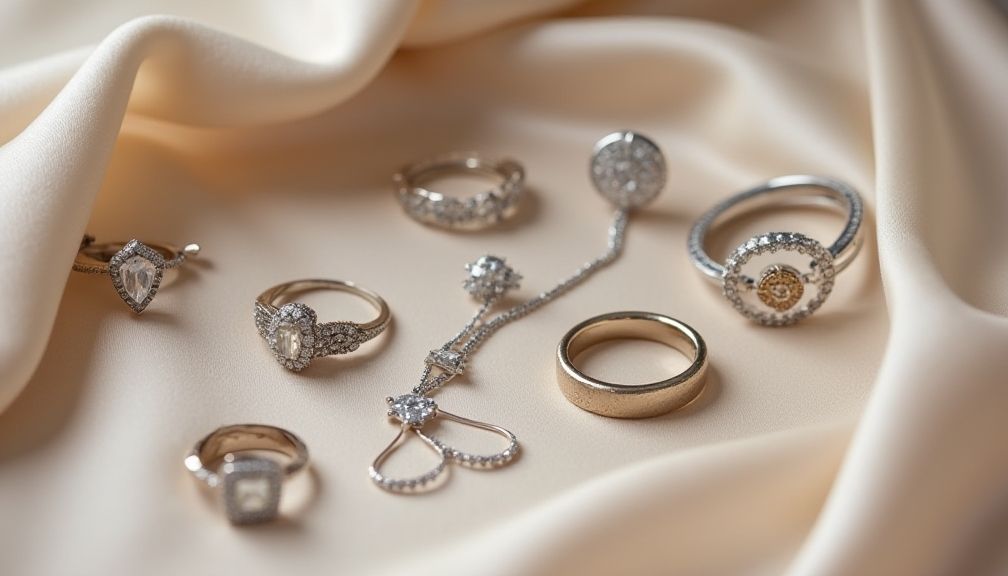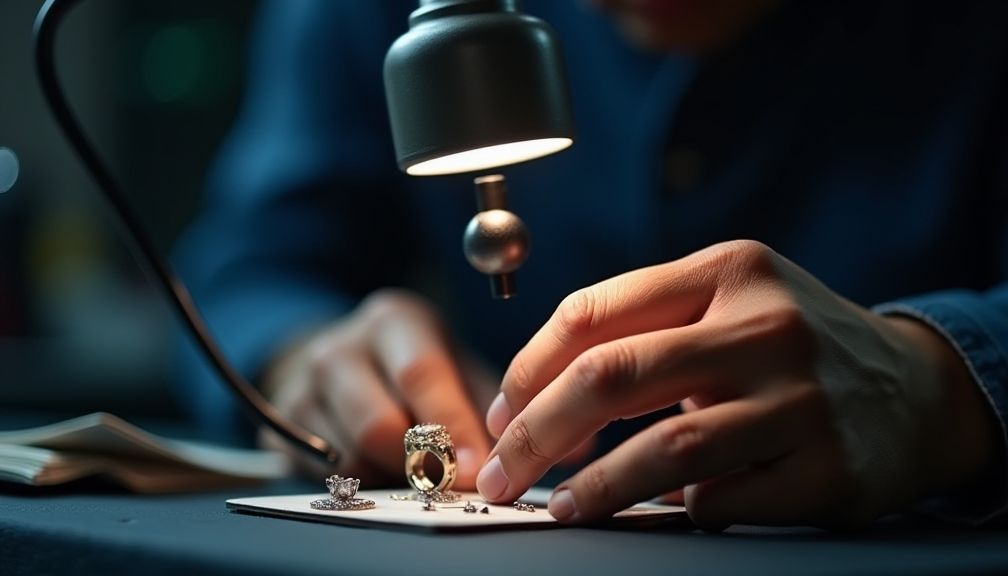Jewelry is not merely an accessory; it often holds sentimental value, family heritage, or substantial financial worth. Whether it’s an engagement ring, a vintage brooch, or a pair of pearl earrings, ensuring that your jewelry is in excellent condition is essential. Professional inspections not only affirm the jewelry’s integrity but also help in maintaining its beauty and extending its lifespan. In this blog post, we will explore when and why you should consider getting your jewelry professionally inspected.
Understanding the Importance of Jewelry Inspections
Jewelry inspections can prevent significant issues down the line. Regular inspections can identify wear and tear before it becomes a more severe problem. A thorough check can spot loose stones, worn prongs, and other potential hazards that might compromise the jewelry’s overall condition.
Furthermore, a professional inspection gives jewelry owners peace of mind. Knowing that your items are in their best condition can alleviate concerns, especially for high-value pieces. Inspections also help in appraisals and can be crucial when it comes to insurance claims or estate evaluations.

Signs You Need a Professional Inspection
Common indicators will help you determine when to seek a professional inspection. Here are some scenarios to consider:
1. Regular Wear
If you wear your jewelry frequently, it’s prudent to get it inspected at least once a year. Regular use can lead to potential issues that might not be immediately visible. For example, engagement rings are often worn daily, and the constant wear can loosen stones or weaken the setting.
2. Changes in Appearance
Any noticeable changes in the appearance of your jewelry warrant an inspection. This includes discoloration, scratches, or tarnishing. A chemical reaction from body oils, perfumes, and lotions can also affect the surface quality of metals and gemstones.
3. After an Accident or Impact
If your jewelry has experienced any kind of impact, such as dropping or hitting against something hard, it is advisable to have it inspected. Such events can cause microfractures that are not immediately visible but may weaken the structure over time.
4. Loose Stones
If you notice any stones shifting or moving within their settings, it is crucial to have it checked by a professional. Loose stones are at the highest risk of falling out, which can be a loss both financially and sentimentally.
5. Before Special Occasions
If you plan to wear a cherished piece for a special occasion, such as a wedding, anniversary, or reunion, consider getting it inspected beforehand. Ensuring your jewelry is in prime condition will help you focus on enjoying the event rather than worrying about potential mishaps.
6. Insurance Needs
If you are insuring your jewelry for the first time or updating an existing policy, a professional appraisal and inspection are often required. This is to document the current condition and value of your jewelry accurately.
What to Expect During a Professional Inspection
When you bring your jewelry in for an inspection, a professional jeweler will perform a thorough evaluation. Here’s what typically happens during the process:
1. Visual Examination
The jeweler will start with a visual inspection of the piece, looking for signs of wear, loose stones, and other cosmetic damages. This step helps identify any obvious issues that need addressing.
2. Checking Settings
Next, the jeweler will carefully check the settings of your stones. They will ensure that prongs are intact and that no stones appear to be loosening. The security of the stone is paramount to avoid loss.
3. Cleaning
Many jewelers will provide a cleaning service during inspections. This includes removing grime, oils, and dirt that can accumulate over time. A clean piece not only looks better but also allows for a more precise inspection of its condition.
Further Reading:
4. Structural Integrity
The jeweler will assess the overall integrity of the piece, looking for any issues that might threaten its longevity. This includes checking the metal for thinning or brittleness.
5. Documenting Value
If the inspection is also for appraising value, the jeweler will take detailed notes about the jewelry’s specifics. This record can be incredibly useful for insurance, future purchases, or selling.
Choosing the Right Jeweler for Inspections
Finding a qualified and trusted jeweler for inspections is key. Start by asking for recommendations from friends or family, and look for jewelers with positive reviews. Ensure they are experienced and have the proper certifications.
It’s also advisable to check if the jeweler is a member of recognized jewelry associations, which often hold members to high standards and ethics. Visiting their workshop can also give you insight into their professionalism and level of expertise.
Frequency of Inspections
While individual considerations will guide how often you should get your jewelry inspected, a common guideline is:
- Every 6-12 months for frequently worn items.
- Annually for less frequently worn pieces.
- Before any significant event or occasion.

Maintaining Your Jewelry Between Inspections
In addition to getting professional inspections, proper care of your jewelry at home is crucial. Here are some tips:
1. Store Properly
Store jewelry in a cool, dry place, ideally in a jewelry box that keeps pieces separated to avoid scratching. Using anti-tarnish pouches can also prolong the life of metal pieces.
2. Clean Regularly
Clean your jewelry regularly with a soft cloth to remove oils and grime. For deeper cleaning, use a mild soap solution and ensure you dry it thoroughly afterward. Avoid harsh chemicals, which can damage both metal and stones.
3. Protect from Harsh Environments
It’s wise to remove jewelry when engaging in strenuous activities, swimming, or using cleaning chemicals. This minor action can help prevent accidental damage.
Conclusion
Jewelry is an investment in both beauty and sentiment. Regular professional inspections are essential to maintaining its condition and value. By remaining vigilant and understanding when to seek help, you can ensure your cherished pieces remain as stunning and secure as the day you received them. Don’t wait for a problem to arise; be proactive and make jewelry inspections a regular part of your maintenance routine. Your jewelry deserves the best, and a professional inspection is a critical step in safeguarding its legacy.








